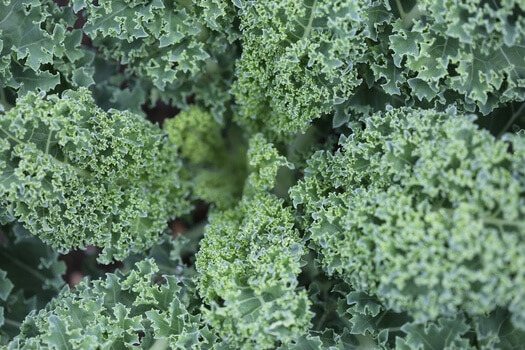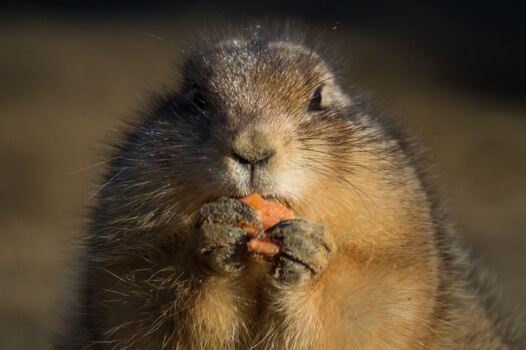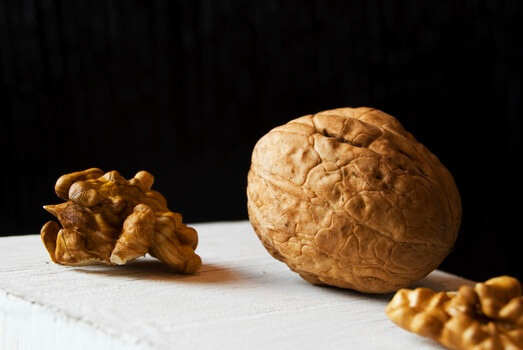Personally, I like kale, though I haven’t always enjoyed it. Likewise, while I could eat kale plain, I prefer it sauteed in garlic and olive oil or better yet, blended with bananas and strawberries in a smoothie! Practicing skills is the same to me. I have always loved to move but I definitely needed competition, challenge, or socialization to make it palatable for me in my younger years.

Over the past year, I have noticed a recurring theme at conferences: the role of games in physical education. Here is my take on the topic.
Literature Enhanced Physical Education
I believe in meeting children where they are physically, socially, emotionally, and intellectually. My passion has been to motivate and education children through their imagination by developing fictional stories to introduce physical education units. I find that Kindergarten through 3rd grade students will move with purpose when they are entertained and enthralled with imaginary characters. They don’t have fear of failure when they are pretending to be a dinosaur or cowboy. They don’t think of it as exercise until the health benefits are pointed out through the pounding of their heart or throbbing of their pulse.
Teaching Games for Learning
The problem is not with games as much as it is with the reason and implementation of the game. At the PE Institute last summer, Joey Feith presented a session on Developing Games for Learning. In this session, Joey made it clear that games should be selected and developed with an educational purpose that links directly to a standard. Too often, I talk to teachers who are interested in finding new games to play instead of asking me something like, “What strategies do you use to teach moving to open space?”
Joey took the group through his progression toward learning to play handball. By breaking the game of handball down into its smallest components and introducing it to students in layers, Joey was able to teach moving to open spaces, goal tending, passing and throwing with accuracy. In addition, every single person was engaged in moderate to vigorous physical activity.
These lead up activities revolved around an imaginary scenario of protecting your prairie dog. Protecting your prairie dog meant shuffling around a hoop with a bowling pin in it and knocking away thrown balls. After each round of play a new primary rule was added. A primary rule is a rule that if modified, changes the nature of the game. For example, if your prairie dog gets knocked over, you must pick up your pin/hoop and join the player who knocked over your prairie dog. By adding this rule, the game changed from an individual activity to a game of teamwork and strategy.

The game itself was quite impressive but the development of the secondary rules is what I found most enlightening. Secondary rules are rules that can be changed without changing the nature of the game. They may apply specifically to an individual in order to serve a predetermined purpose. For example, a secondary rule might be that Suzy Shy Girl can take seven steps, while Sally Superstar can only take 3 steps. Students are prepped in advanced that secondary rules will be given out in private so that no one questions the students. I love this idea because it allows for differentiation for all students and teaches children that fair doesn’t always mean equal.
Games or Educational Scenarios
Games are fun and fun is motivating, but if as professionals we continue to describe what we are doing as “games” we will not remain a part of the educational process. In a previous article, “What are we Learning in P.E. Today?” I discussed conditioning children to ask, “What are we learning in P.E. today?” instead of “What are we playing in gym today?” I think the same should go for how we introduce our instructional activities. Instead of saying “We are playing Clean Up your Backyard today” we should frame the description of the activity toward our objectives: “Our goal today is to practice overhand throwing for accuracy.”
However, when parents, teachers, and administrators pass by the gym, what they will see are students playing games. That’s why it is so important to have rubrics with observable objectives for each lesson and cues for skill develop displayed in the gym (see Hall of Fame). Likewise, any opportunity to address the school community about the value of physical education should be taken. (see Marketing PE 101)

In a Nutshell
Games can be used as a meaningful tool in developing active and healthy citizens if they are developed and implemented with purpose. Here’s what I suggest:
- Decide on the unit standards and benchmarks.
- Break these goals down into the smallest skills.
- Develop activities that allow for deliberate practice of these skills.
- Create a game that will foster moderate to vigorous activity in order for these practice sessions to take place.
- Add an imaginary theme, competitive element, or social situation that will motivate your students to move.
- Teach the game in layers that have primary rules and focus on deliberate practice of skill objectives.
- Begin assessing immediately to identify students with needs.
- Create secondary rules, game, and equipment modifications to meet the needs of all students.
- Continuously give your students high quality feedback.
Let the games begin!

